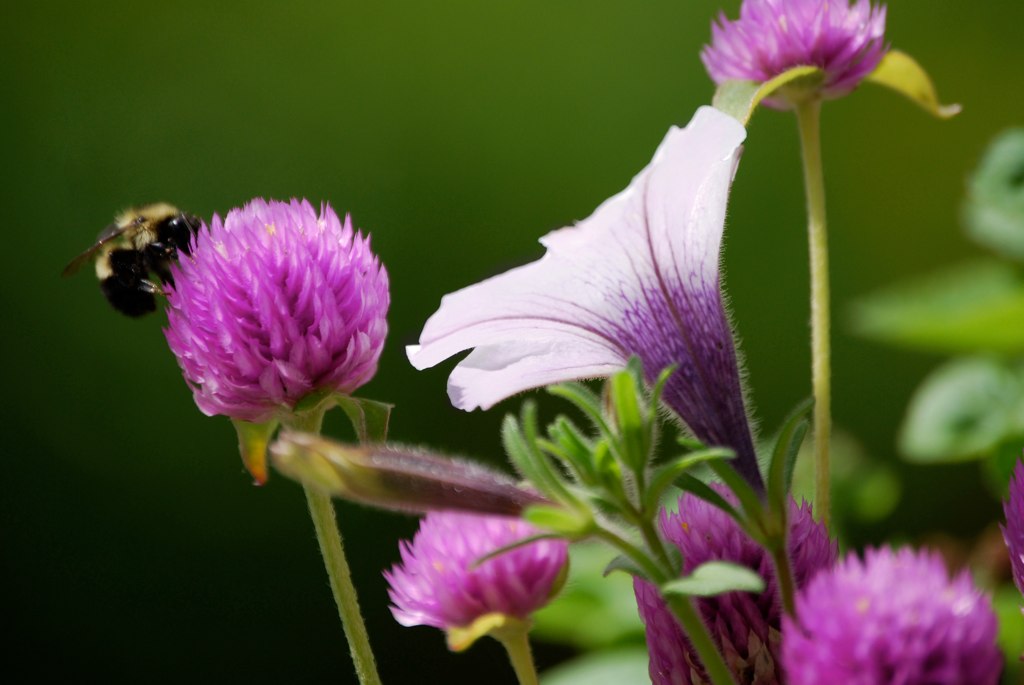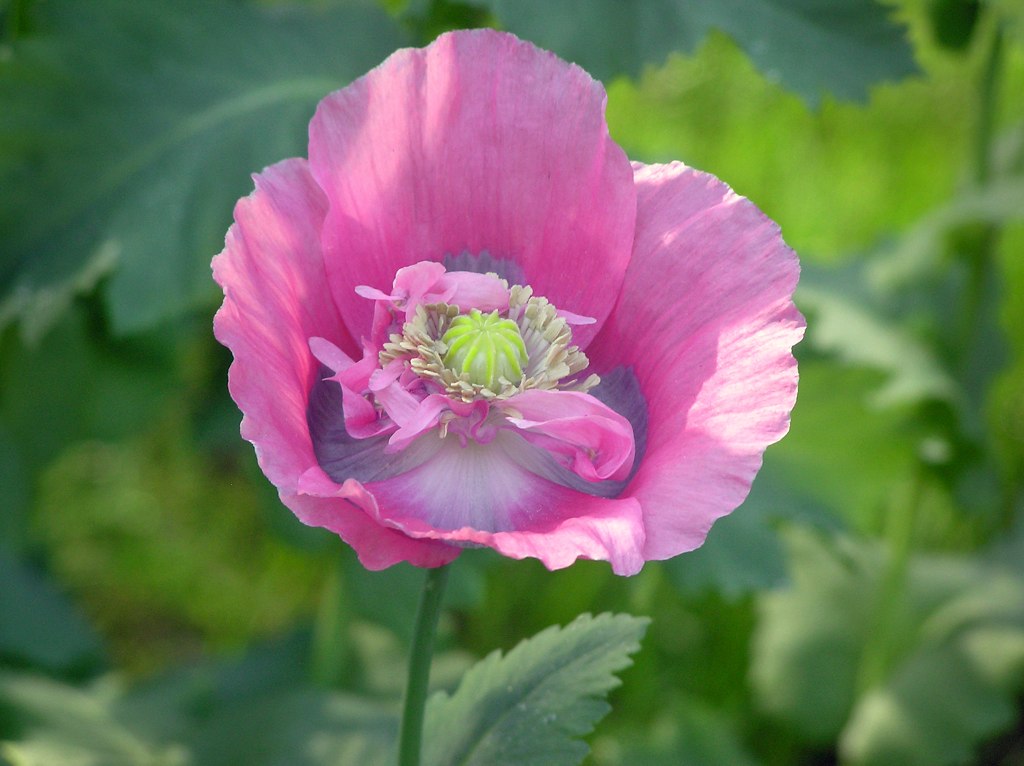
The Forming Stage of Couples Development
In the system that we have called the “couple” the forming phase of development defines the initial characteristics of the couple. What factors determine whether or not two individuals choose to begin the third (“we”) entity? Boundary issues, psychological projections and family history all come into play during this formation process.
The formation phase in a relationship is often accompanied, in particular, by a cluster of fantasies and unrealistic expectations that are held in isolation by each member of the couple. As Moore (1994, p. 51) noted many years ago: “we are drawn into intimacy by possibilities rather than by realities, by the promise of things to come rather than by proven accomplishments, and perhaps by seductions that are darker than the bright reasons to which we admit.” A newly-married couple, for instance, will hold on to a host of fantasies about the ideal home, the ideal marriage and the ideal image that a couple should convey to other people. These ideals are often based on the two partner’s own experiences with their parents or other salient partners in their lives. Media (movies, novels, television) obviously influence this ideal.
These fantasies, however, are further reinforced by the behavior of their new love, who is “on good behavior” during this initial courtship stage. Straight women often love the initial talkative nature and emotionally vulnerability in the straight men in whom they fall in love. Yet, these straight women also tend to be more fully aware than are straight men of the risks inherent in this new vulnerability. Similarly, among gay men, there is greater openness and expressiveness typically among both partners, which helps them overcome hesitations, while lesbian women often find their mutual hesitations to be reassuring given the frequent failure among lesbian couples to establish strong boundaries.
An accompanying dynamic for many partners is their fear that their new-found partner will “find them out” and recognize that they are neither the ideal partner that they initially perceive through loving eyes nor the “good partner” that they tried to be while on “good behavior.” A major feature in the passage of a relationship from “forming” to the second phase (“storming”) is a confrontation between the ideal state and the “good behavior,” on the one hand, and the newly emerging reality of this relationship, on the other hand.
Typically, a couple repeatedly engages in forming activities in response to the emergence of a specific developmental task. A couple will engage in forming activities not only when they are first becoming acquainted, they often will revert back to early and primitive interaction whenever they confront a crisis that leads them to a new developmental task and places them on a new developmental plate.







